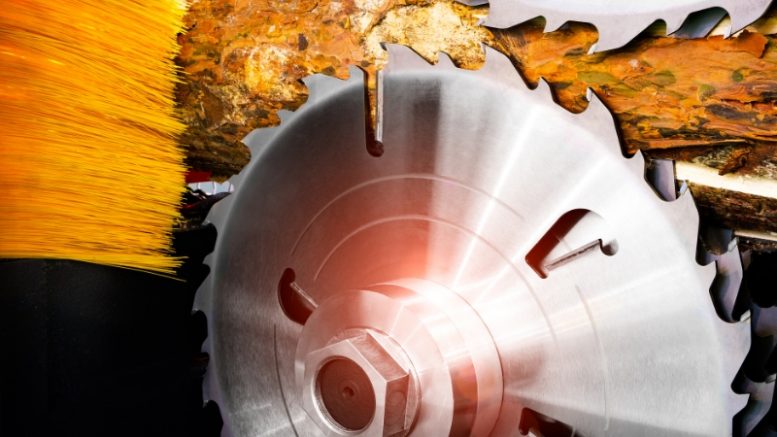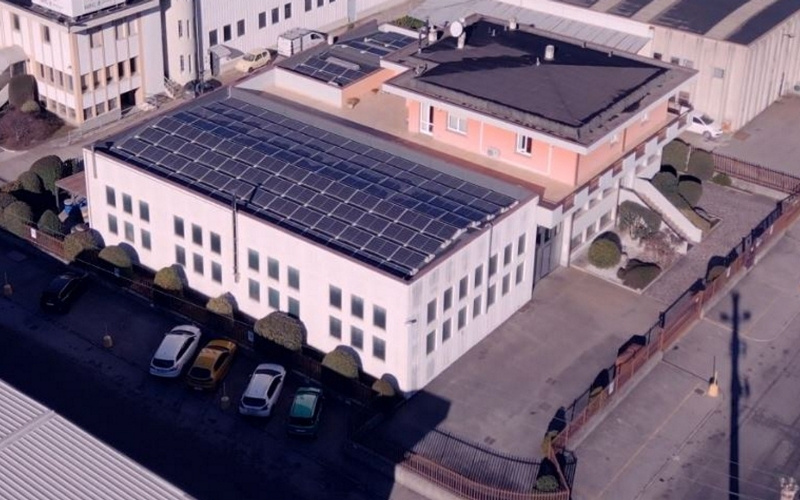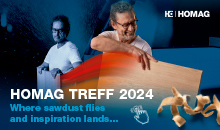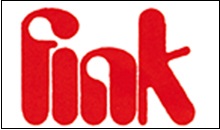Never before has it been so precious as in these times to have data and figures to assess more accurately the real trend of a market that is certainly experiencing a season of uncertainties.
And, as is tradition, the Acimall Studies Office has drawn up a series of surveys – based on ISTAT – that give precise indications of what the movements at global level were for Italian technologies dedicated to the furniture industry and the processing of wood and its derivatives in the first three months of this year.
EXPORTS
In the period under review, exports amounted to 379.4 million euro, 6.1 per cent less than in the same quarter of 2023. Without prejudice to the fact that one quarter is too short a time span to be able to accurately outline any significant developments, taking a look at the main destination areas (Table 01) we can nevertheless grasp the 30 per cent drop in sales to non-EU Europe, in the light of the conflict between Russia and Ukraine. The same tragic dynamic led to the contraction of exports to the Middle East, which fell by 55.1 per cent.
Added to the substantial stability of the European Union (the most important partner, with 52.8 per cent of our total exports) is the important confirmation of the expansive phase of Italian technology purchases in North America (plus 4 per cent), thanks in particular to the policy of the United States to bring back within its borders productions that had been ‘delegated’ to neighbouring countries. Among the markets that continue to represent attractive commercial outlets, albeit at decidedly low values, we can include South America (plus 28 per cent), Oceania (plus 18 per cent), and Africa (plus 9.3 per cent).
Of particular note is the 16.4 per cent drop in exports to Asia, a contraction that is certainly due to the growing weight of ‘made in China’ wood and furniture technology production, which is seeing its attractiveness grow in the nearest markets.
Focusing our spotlight on individual countries (table 02) we point out the “return” of the United States and France, the best customers of the quarter, in a decisive recovery compared to purchases of Italian technology for the whole of 2023, down 16% in the USA and 4.6% in the Alps. Purchases from Sweden were very good (more than 137 per cent compared to the same quarter of 2023), mainly spare parts and integration of existing technologies. The United Kingdom confirmed the collapse of Italian machinery imports (minus 36.6 per cent), which follows the similar contraction recorded for the whole of 2023.
China, despite the growth in domestic production, nevertheless confirms its interest in our technologies (plus 12.9 per cent in the January-March 2024 period, which reiterates the plus 10 per cent recorded in the twelve months of 2023); India loses further ground in the ranking of customer countries (minus 30.5 per cent), although it remains among the markets from which good satisfaction is expected, despite the real results it offers our companies.
IMPORTS
Analysing imports of foreign technology into our market in the first quarter of 2024 (table 3) we have further confirmation of the halt that has characterised Italy, although we are talking about limited absolute figures: purchases from Germany fell by 35.6 per cent, imports from China by 20.5 per cent and those from Switzerland by 12.3 per cent; Austria saw its sales in our country grow by 8.7 per cent.
In more general terms, imports in the period January-March 2024 amounted to EUR 39.4 million, slightly more than 10 per cent of exports, and down 23.9 per cent compared to the same period in 2023.
If we look at the data relating to geographical areas (table 4), we can say that the European Union remains the most ‘interesting’ origin, with 23.3 million euros in the period: although it contracted by 24.6 per cent on the same period of 2023, it accounts for a good 59.2 per cent of total Italian imports.
“The figure that perhaps should make us reflect more than others is the marginality of Africa for Italian manufacturers,” commented Acimall director Dario Corbetta. “Despite the geographical proximity and the commitment of our government to define more profitable relations, for our sector the penetration of ‘made in Italy’ in Africa is still very limited, especially if we consider that China – on the other hand – would have sold wood technologies worth around 100 million in 2023.
North America continues to be a very important partner for our companies, a discourse that can easily be extended to Europe, although we must ask ourselves whether we should not now be talking about an extension of the domestic market, rather than export”.














